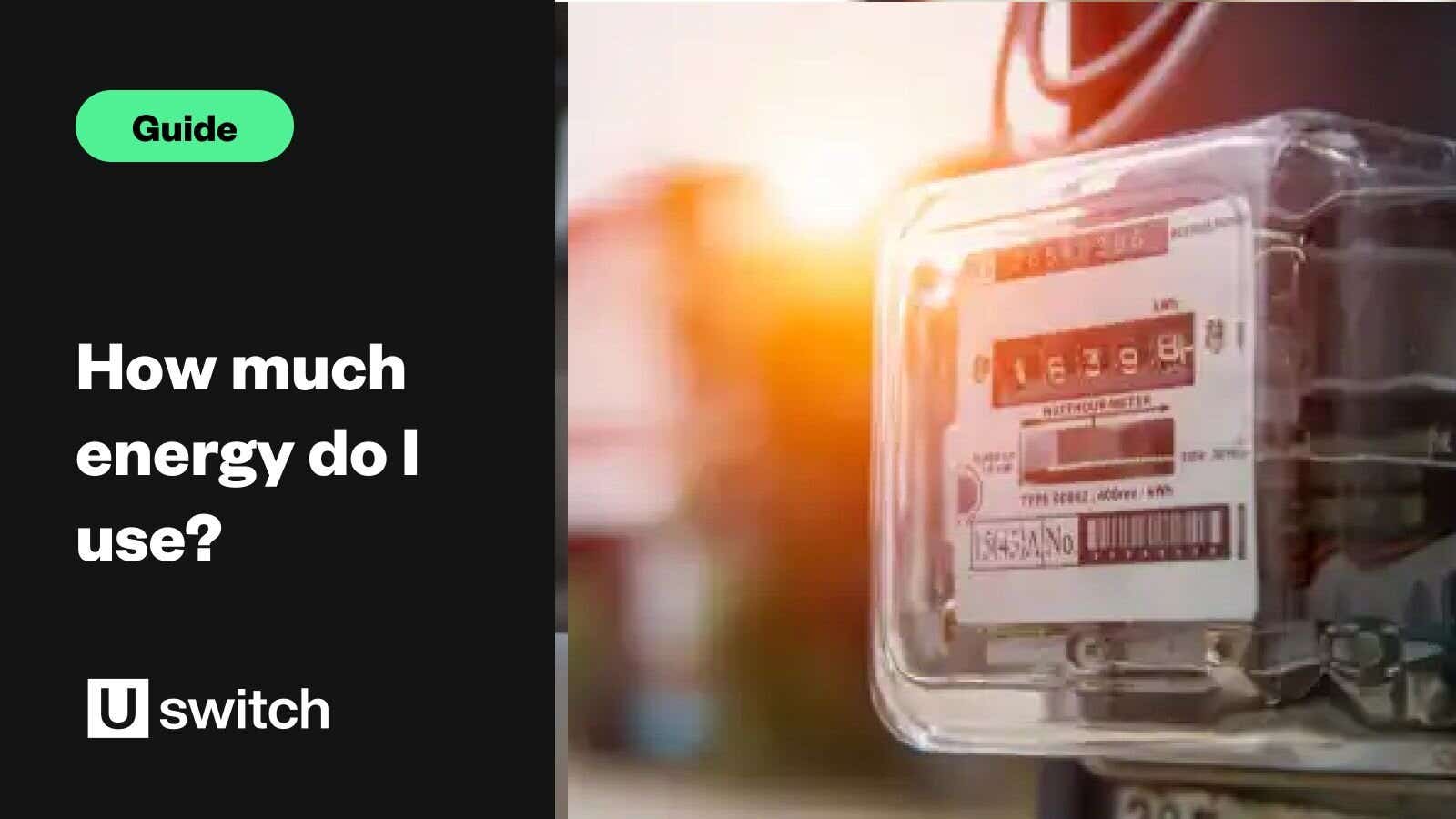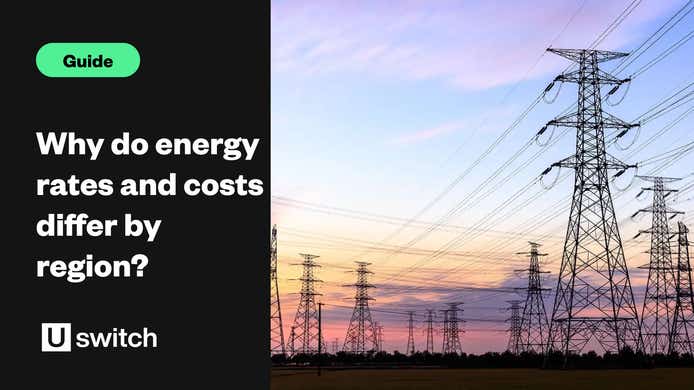Finding out how much energy you use on a monthly, quarterly or yearly basis, in either monetary or kWh terms, can easily be determined in a few simple ways.
How to find your energy usage on your bill
Working out your household energy consumption starts with a good understanding of your energy bill. Unfortunately, this is often easier said than done since energy bills from different suppliers can look very different.
If you’re on a dual fuel tariff you may get one bill for all your energy, while others will get two bills, one for the cost of gas and one showing the cost of electricity.
Then there's the frequency: you might get your energy bills monthly or quarterly. Finally, depending on what supplier you’re with and which plan you're on, your bill could have a different layout.
Luckily, there are a few common factors that will help answer the question "how much energy do I use?". Use our handy guide to reading your energy bill for help locating the following:
- Billing period - Somewhere in the main summary box, usually located on the front of your bill, you will find the billing period. These can vary significantly, so make sure you make a note of it, otherwise your spend may not make much sense
- Energy used - This is the crucial figure, and will usually be stated in pounds spent. Your bill will also usually specify whether this is based on a meter reading or is estimated
- Total - Remember that your energy use is subject to VAT. Also, there may be extra charges for other reasons, so besides the energy spent there will be a total amount owed
- Usage - Often tucked away on the second page of your bill is arguably the most important bit of info. Your energy usage breakdown will usually include kilowatt hours used (kWh), the cost per kilowatt hour and your latest meter reading.
To work out how much energy you use the crucial figure is usage. Depending on which supplier you're with or what plan you are on, the same usage figure could lead to a wildly different total cost of electricity.
How to find your energy usage by reading your energy meter
If you can't find your latest bill, or just don't want to spend the time deciphering it, then you can always go straight to the source - use the Uswitch guide to reading your electricity meter to find the information you need regardless of the type of meter you have. This is the best place to work out how much electricity you've consumed because it can give you a running total.
To work out how much energy you're using in a week, just read your meter, make a note and check again in a week.
How to track your energy usage using a smart meter
Smart meters are the next generation of gas and electricity meters, and are currently being rolled out across the UK. According to the latest smart meter statistics, that all households should be offered one by June 2025.
A smart meter not only automatically sends meter readings to your supplier for more accurate bills, it comes with an in-home display that allows you to track your usage in near-real-time, and showing what that adds up to in pounds and pence.
Read our guide to smart meters to find out more.
If you download the Uswitch mobile app, you can see how you use your energy in greater detail than ever before. You can also find ways to reduce it to keep your bills as manageable as possible.
How to estimate energy usage
If you’re estimating energy usage as part of a gas and electricity comparison, Uswitch can help. If you compare energy with us and don't know your actual energy usage, we’ll use the size of your property and other data to estimate it.
You can also estimate energy usage by assessing whether you’re a high, medium or low energy user according to Ofgem's common energy user groups.
Energy user groups: Low, medium and high
See below for a brief rundown of the three common energy user groups as defined by Ofgem:
| Typical energy usage (property type and size) | Average annual electricity consumption | Average annual gas consumption |
|---|---|---|
| Low (flat or 1-bedroom house/1-2 people) | 1,800 kWh | 7,500 kWh |
| Medium (3-bedroom house/2-3 people) | 2,700 kWh | 11,500 kWh |
| High (5-bedroom house/4-5 people) | 4,100 kWh | 17,000 kWh |
Low user groups
These are people who use, on average, the least amount of energy. These are usually one or two people living in a one to two-bedroom flat. They are at home in the evenings and weekends and have a weekly laundry cycle. These households use the heating occasionally and don't use a dishwasher or tumble dryer.
Medium user groups
Medium energy users are typically families of three or four people living in a three-bedroom house. Some members are home in the day as well as in the evening and weekends. As a result, the heating is used regularly, and electrical appliances are turned on frequently. Laundry is done on average three times a week.
Medium usage is usually used as the average energy price cap level figure. When we say the price cap is (for example) £2,000 per year, this is what it would cost a medium/average use household on a dual fuel tariff per year. Low and high users would probably spend less and more than £2,000 per year respectively, but it's all relative - the more you use, the more you'll pay and vice versa.
High user groups
Households using the most energy on average tend to be large families with five or more living together in a four-bedroom house or larger. In these households there is always someone at home in the day and there is always someone at home in the evenings and on weekends. There might be multiple TVs in use and a tumble dryer and dishwasher used regularly.
By using the user groups as a guide you might be able to work out what your household's average gas and electricity usage is.




